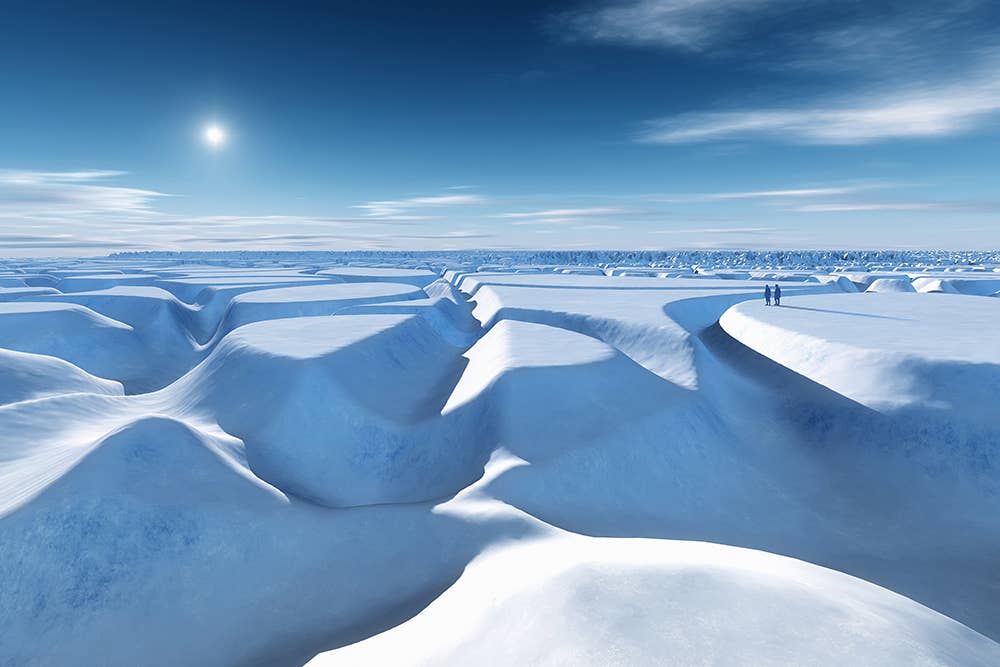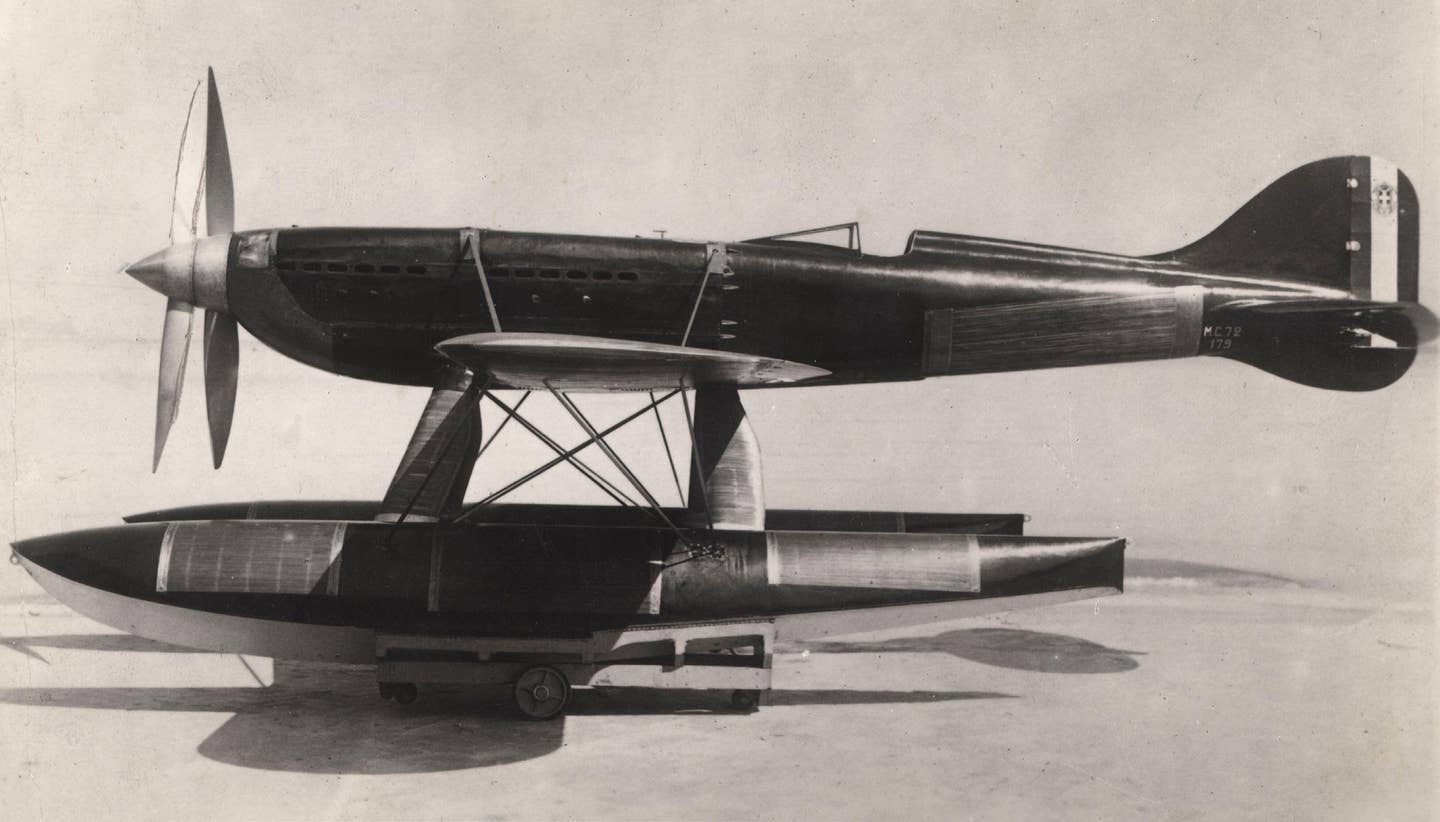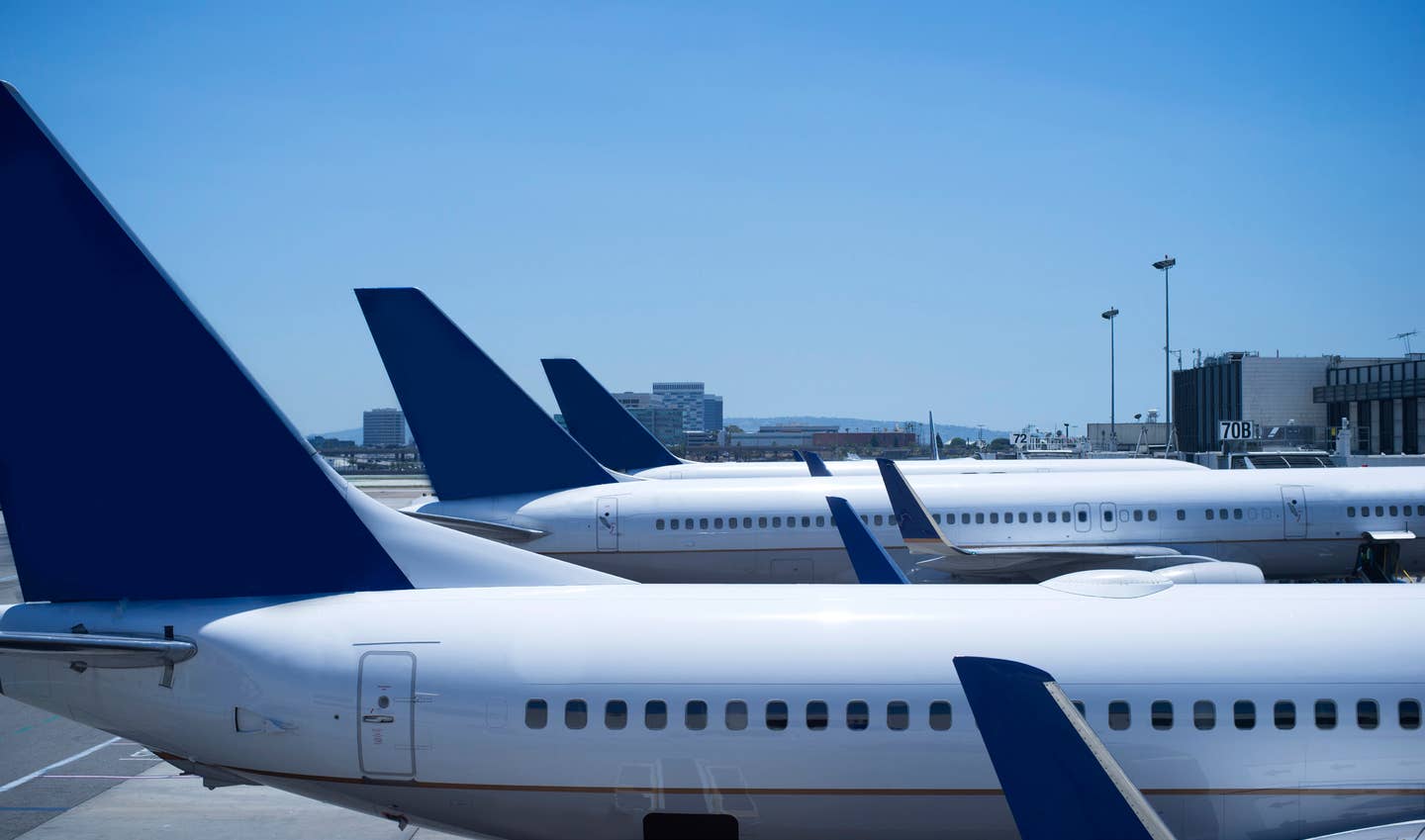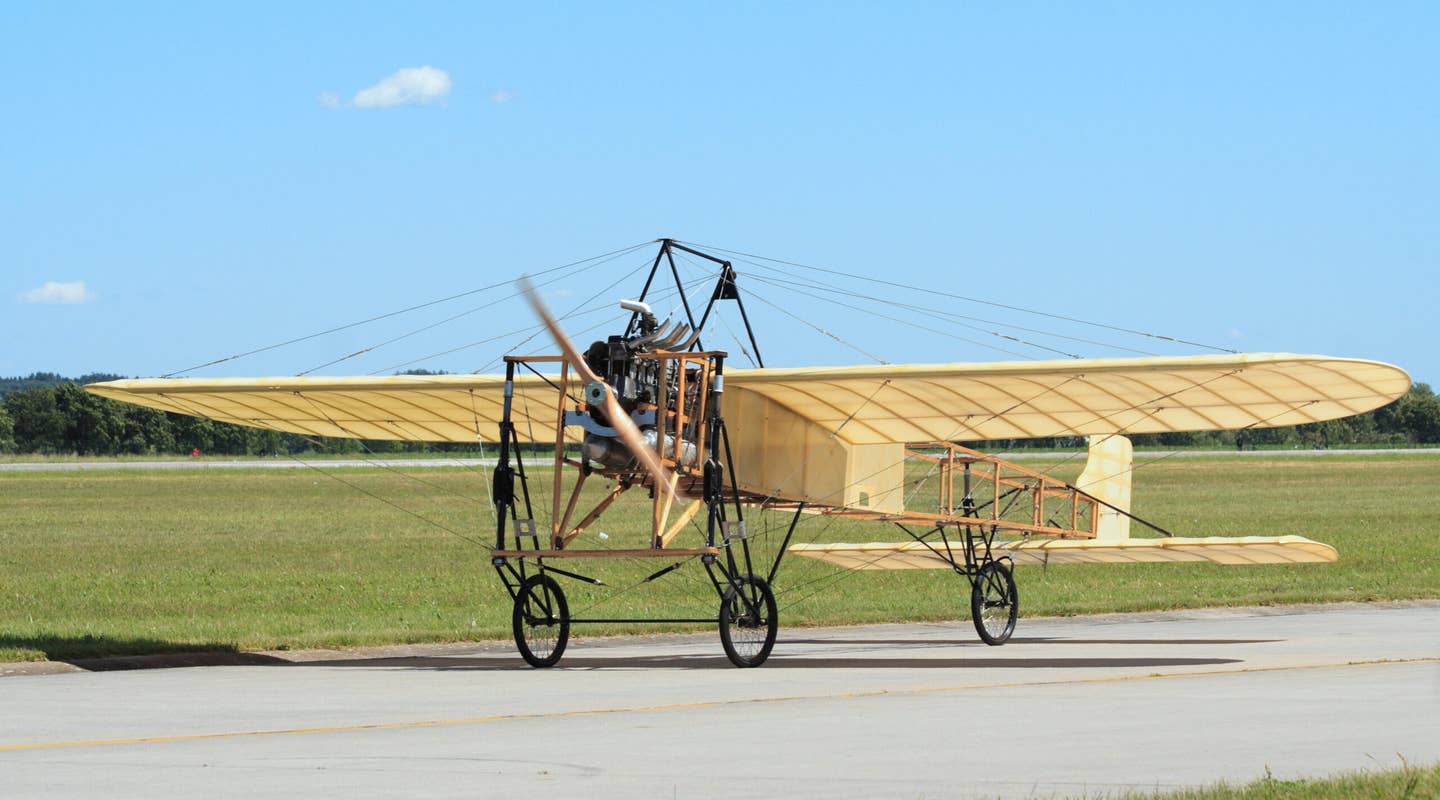Crossing the North Pole the Old-Fashioned Way
Plotting a flight there like they did in the old days requires calculation, a modified sundial, and a sense of adventure. But it can be done.

The North Pole has been a target of pilots, including Peter Garrison, for quite some time. [Credit: Adobe Stock]
Pilots regularly toppled and replaced milestones of altitude, speed and distance during the early years of aviation, particularly during the period between the two world wars. Their flights were widely publicized. Distance especially spoke to the public imagination, perhaps because it was the aspect of air travel that presented the most intuitively accessible contrasts with the pre-aviation world. Cash prizes—big ones—were offered and won for crossing the Atlantic or flying nonstop from New York to Paris or from London to Sydney, and newspapers lavished headlines on every attempt. Besides prize money, there was always the motive of acquiring at least temporary fame, and besides that, there was the lure of faraway places with strange-sounding names.
Early Hurdles
At first, the technical challenge of long-distance flying boiled down to the reliability of engines. As reliability improved, the central problem was to get airborne with huge loads of fuel. “Fuel fraction,” the share of an airplane’s takeoff weight that is usable fuel, is a fundamental determinant of range. When fuel fraction had grown to the limits of current technology, aerodynamic improvements—drag reduction and wings of higher aspect ratio—opened a new but narrow avenue to further progress.
Distance presented itself in different ways, depending on the destination. You could always go from New York to Paris, or at least Le Havre, France, in a ship, so the airplane changed only the time it took. But there were destinations less accessible than other continents and their capitals; of these, the most seductive were the North and South poles.
The two poles had been reached, or closely approached, on foot by Robert Peary (North Pole in 1909) and Roald Amundsen (South Pole in 1911). The appeal of reattaining those goals by air was that aircraft could more or less effortlessly achieve what had entailed unimaginable hardships and hazards for pedestrians. It would show that there was no place on Earth airplanes could not go.
Early Efforts
Among the recurrent themes of polar exploration were national rivalry and human mendacity. The precise locations of the poles were hard to determine. Recent studies put Amundsen’s fix off the true South Pole by about a mile, but he and his companions probably got within a few feet of it at one time or another during the four days they spent tramping around surveying the area.
In any case, the Earth is not a perfect sphere, so it doesn’t matter. Richard Byrd, however, who in 1926 claimed to have reached the North Pole in a Fokker Trimotor piloted by Floyd Bennett, was probably lying. The duration of his flight and the speed of the Fokker were incompatible with the out-and-return distance supposedly flown, and his logs had been tampered with after the fact.
“I used to think I might make that flight someday. I now suspect I won’t, but I still think about it.”
A flight less well-known than Byrd’s was that of the Italy-built, Amundsen-directed airship Norge, which departed Svalbard (aka Spitsbergen)—an archipelago due north of Norway—three days after Byrd and alit near Nome, Alaska, three days later. Norge was not an airplane. But as far as flying over the North Pole is concerned, the fact that it took off from one side of the pole and landed at the same meridian on the other makes a persuasive case that even if it did not fly precisely over the spot, Santa may at least have seen it pass by.
The distance from Svalbard to the North Pole is 700 nautical miles; from the pole to Point Barrow, the northernmost usable airport in Alaska, is about 1,125 nm. The two locations are not quite on the same meridian—they’re about 7 degrees off—but they’re close enough that a flight from one to the other could cross the pole without feeling that it had made a big dogleg just to have a way to monopolize the conversation at subsequent cocktail parties. But then, why would you fly from Barrow to Svalbard—out of the ice-cube tray, into the freezer—except to show off?
I’ve thought about possible answers to that question. “I was on the way to Paris.” “I wanted to experience a big change in time zone.” “It’s too warm in Alaska.”
I used to think I might make that flight someday. I now suspect I won’t, but I still think about it. The distance is easily within my airplane’s range; it carries 140 gallons in wet wings and would average 160 ktas on 8.5 gph. I don’t imagine navigation would be a problem with GPS, but before GPS came along, it would have been a little trickier. The wet compass is useless; you could be flying due north toward the pole from Barrow, and it would say you were heading west. And even the most drift-free DG drifts 15 degrees an hour over the pole, because its gyro is oriented not to the turning Earth but to some unimaginably distant star.
Suppose that GPS had not come along. You would have only the sun to guide you. Picture it: You are on top of the world. The summer sun—presumably, you would do this in summer—circles the horizon from left to right, always above it, and at any given Zulu time/Greenwich Mean Time, the sun is overhead in any place whose longitude is 15 times the difference between the local time and 1200 Zulu.
The Barrow-Svalbard meridian is roughly one hour ahead of Zulu/Greenwich, and the Earth rotates counterclockwise, as seen from above the pole. If you imagine your airplane flying along that meridian, heading zero on a compass rose, the bearing of the sun will always be 180 degrees plus 15 times Zulu plus an hour. At 0600, for example, the sun’s bearing would be 180 plus 15 times 7, or 285 degrees.
Now, taking the bearing of the sun from inside the cockpit of an airplane might be tricky. But you could do it by turning directly toward the sun from time to time, setting your DG to zero, and then turning 165 degrees minus Zulu times 15. Suppose, for instance, it’s 0720 Zulu; you’d turn right 55 degrees. At 1500, it would be left 60 degrees (that is, a minus-60-degree turn).
Another approach, if you had a low-wing airplane, would be to secure a short, stiff vertical wire or rod to the wing surface beside the cockpit and draw a 24-hour clock face around it with 2300 pointing forward. By ensuring that your sundial continually indicated Zulu time, you would maintain your Barrow-to-Svalbard heading. You’d have to take off around 2300, though, so that the sun was always on your left; otherwise, the shadow of the fuselage would make your sundial useless.
Your assignment for tonight is to figure out the rules for the return trip.
I suppose if I ever did make this flight, I would not be too proud to use GPS for a backup. But when I made my earlier ocean flights, in the 1970s, I used only the compass and clock for navigation, and it is beguiling to think of making my way across the frozen top of the world in the same way, with the globe itself as the compass and the sun the clock.

Sign-up for newsletters & special offers!
Get the latest FLYING stories & special offers delivered directly to your inbox






